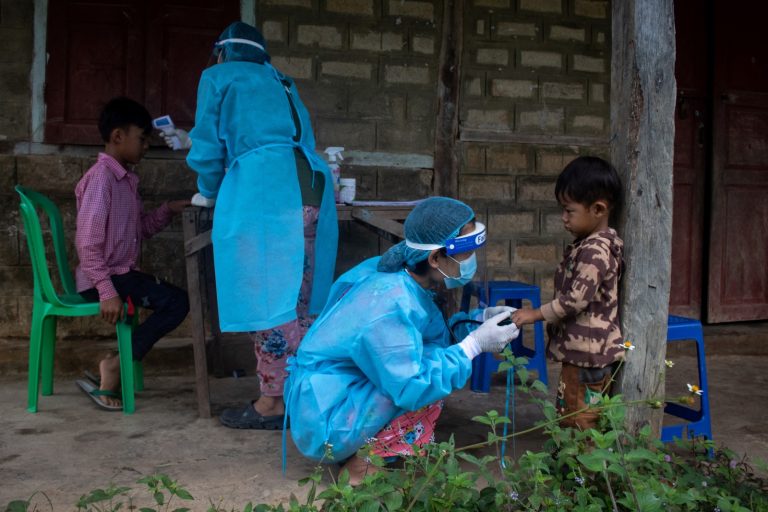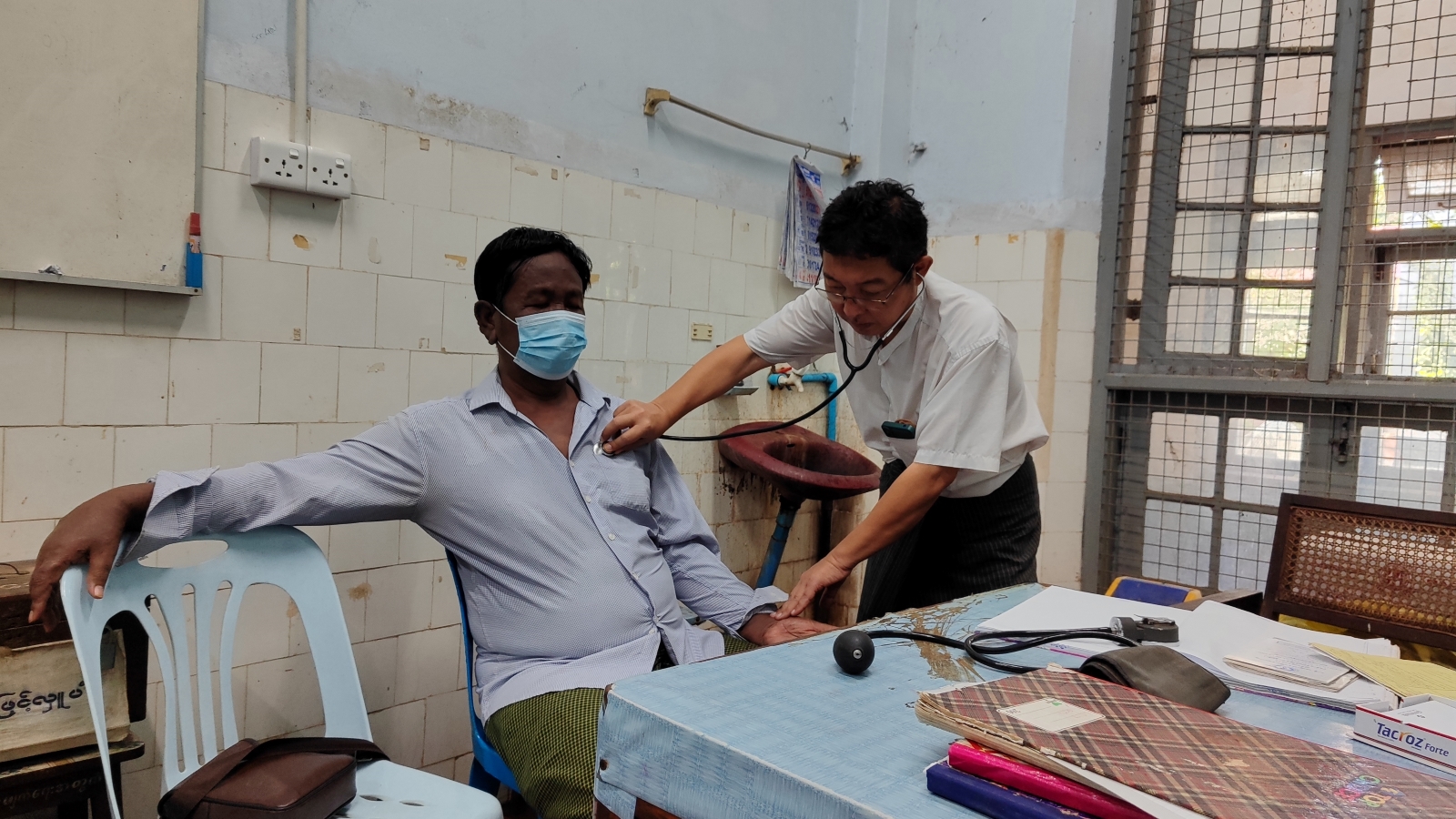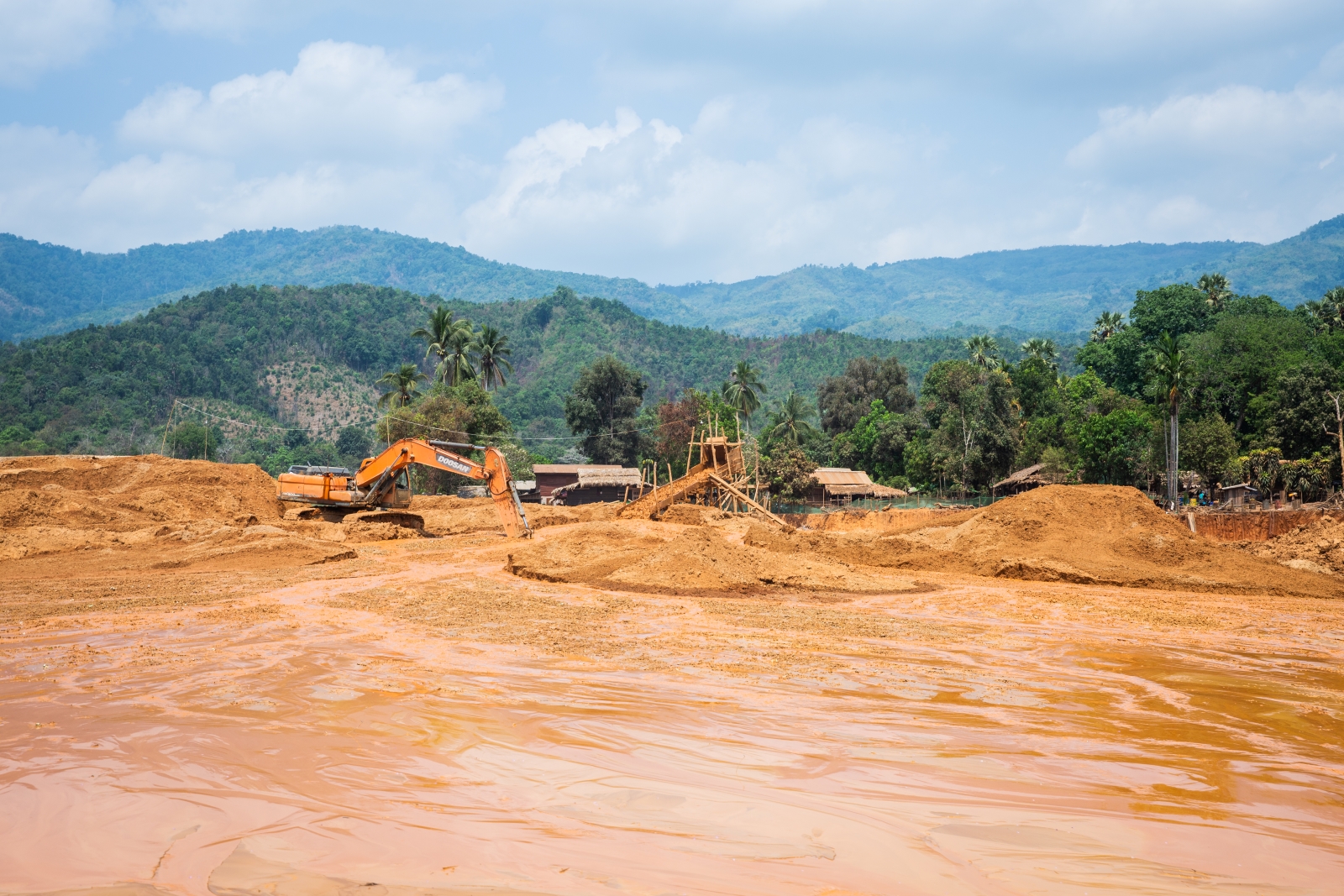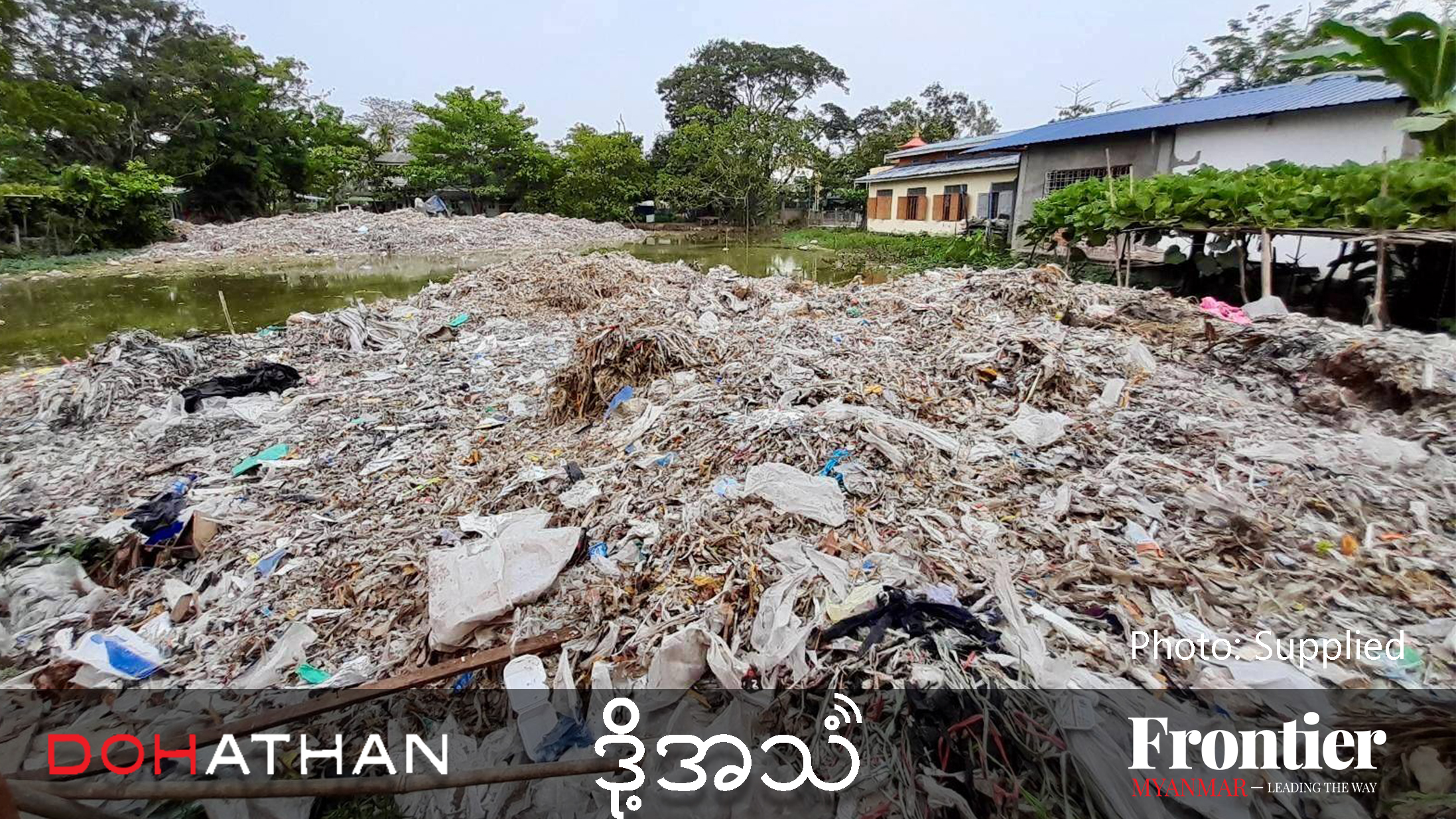A fleet of electric buses in Yangon would help to reduce air and noise pollution and contribute to a better quality of life in the commercial capital.
By DAVID FULLBROOK | FRONTIER
MORE CARS, buses and trucks on the roads are driving air pollution higher in Yangon. In 2018, a team of Japanese and Myanmar researchers found the city had unhealthy levels of what scientists call PM2.5 – soot 100 times thinner than a human hair. According to their article, published in Environmental Health and Preventative Medicine, the worst readings coincided with rush-hour traffic, humming generators and fires from burning rubbish, like leaves.
In Yangon, PM2.5 levels are often well above the safe levels set by the United States government or the World Health Organization. In April, measurements by the Heinrich Böll Foundation from a monitor between Pyay and Insein roads showed PM2.5 on some days was more than three times above the safe level.
Exhaust from vehicles, especially diesel engines, spoils the air with soot and nitrogen dioxide, which reacts with other elements and sunlight to form poisonous smog. When brake pads and tyres wear down, they release dust that can also be toxic.
Historically low vehicle ownership rates mean that people in Myanmar have suffered less from vehicle-related pollution than in some neighbouring countries. Based on data from 2010 and 2015, the International Council on Clean Transportation has estimated that deaths attributable to vehicle pollution in Myanmar were 1.6 per 100,000 people – barely half the rate in Indonesia, Philippines, Thailand and Vietnam. Of course, many others do not die from vehicle pollution, but suffer long-term damage to their health.
Support more independent journalism like this. Sign up to be a Frontier member.
There’s good news and bad news about the situation. The bad news is that, on current trends, fossil-fuel vehicles will multiply and remain on the roads for decades. The good news is that global production of fossil-fuel vehicles appears as though it’s about to peak, with manufacturers increasingly tooling up for the mass-production of electric vehicles.
Could Yangon reduce air pollution by making an early turn away from fossil-fuel vehicles? The short answer is, “Yes”. The technology is available and already competitive. Conditions are ripe for a fast switch to clean vehicles in a decade. But, there’s a catch. Or two.
Firstly, time matters. The longer Yangon waits, the further the city travels down the path of dependence on fossil-fuel vehicles and associated infrastructure, including roads and petrol stations but also training and skills development. Over time, as technologies become entrenched, the harder and more expensive it is to switch.
Secondly, battery-powered vehicles are an obvious solution, but how they interact with the electricity system is important. They can either support its development or be a drain on resources. For the best outcome, the introduction of electric vehicles needs to be sequenced with the development of the electricity network.
It’s a complex challenge, but one that is well worth tackling to reduce the current and future health costs associated with air and noise pollution from vehicles.
In some ways, it is a golden opportunity because Yangon will see a lot of expansion and population growth in the years to come. A quick look at neighbours like Dhaka, Bangkok and Jakarta shows what lies ahead when cities ignore pollution and public transport in favour of fossil fuel cars at any cost. It is a leapfrog opportunity to develop a clean, healthy and equitable city with plenty of shady streets – as Yangon once was and still, in places, remains.
There’s reason to think it might be possible – after all, Myanmar has already achieved one leapfrog.
A decade ago, most people communicated by letter or telegram. Few had phone lines at home. Fewer still had mobile phones. That all changed when licences for mobile telecommunications networks were issued to two foreign companies in 2013 after an international tender. In 2015, I made a crystal clear internet call from my mobile during a visit to the Shan highlands. Within a few years, Myanmar made a remarkable transition from 19th century to 21st century communications.
The lesson from the telecommunications sector for achieving “cleaner” vehicle transport and reducing air and noise pollution in Yangon is that robust policy and a clear investment framework can drive rapid and transformative change.
So, what to do? Clearly, a transition to cleaner vehicle traffic is a more complex problem. Breaking it down makes it simpler and suggests where to first focus action. Changes involving private vehicles are challenging in the short term but over the long term there are opportunities. Worldwide, numerous cities – including London, Oslo and Paris – are setting deadlines to ban fossil fuel vehicles. Yangon could take the lead in Asia, setting a deadline now to end the use of fossil-fuel vehicles by 2030 or 2035.
Public transport offers easier options for change and Yangon’s bus fleet is a good place to start. The city might need between 5,000 and 10,000 electric buses to provide a reliable and frequent service. In these early days of the global sustainable transport transition, it would be one of the largest city electric bus fleets in the world.
The current cost of an electric bus is about US$600,000 (about K913 million). In a few years – the time needed to design policy and set concession terms – electric buses will be cheaper because manufacturers are scaling up and battery prices are falling fast. Big concessions would attract competitive prices from manufacturers and competitive offers from investors. A fleet of 10,000 buses might cost about $5 billion.
That probably sounds like a huge amount of money. But on a lifetime cost basis, electric buses are cheaper to operate, even where electricity is unsubsidised. That’s because electric vehicles are about three times more efficient than fossil fuel vehicles as well as being cheaper to maintain. Another advantage is that less air pollution means better health, reducing both healthcare costs and the suffering from illness and premature death. The overall savings for society of a switch to electric buses would be considerable.
However, Yangon cannot afford the upfront cost of a new bus fleet, electric or otherwise. The solution, as with mobile phone networks, is to set terms of service and allow investors to determine the best model. Concessions, with clear standards for high service quality, will need to be for many years to keep fares affordable for everyone. A parallel is subway concessions, which are often 30 years or longer.
As electric buses enter service, the newer diesel buses imported under the Yangon Bus Service reforms that are still in good condition could be redeployed to less polluted suburban areas or on routes not yet ready for electric buses. As the electric-bus transition unfolds, YBS diesel buses would be phased out or redeployed to other cities where pollution is low.
Long-term concessions also enable investors to source new electricity supplies equal to consumption estimates for buses. Concession operators may develop their own power plants or make long-term contracts with power-plant developers.
Investors will probably focus on solar because prices are already cheap and continue to fall. Moreover, solar power plants take a year or less to build. Other options include wind and gas power plants. Some grid upgrades may be necessary. Amendments to the 2014 Electricity Law to strengthen the legal basis and scope for power plants owned and operated by investors would reduce risk and increase interest.
Although such a change may seem daunting, there is a huge amount of experience and expertise in electricity and transport to draw on worldwide. The biggest challenge is marshalling the political will to establish robust policy and clear concessions to improve the quality of life and health of the people. The Myanmar Sustainable Development Plan provides an overarching framework. The mobile phone leapfrog shows what can be done. Cleaning up Yangon’s transport should be next.







